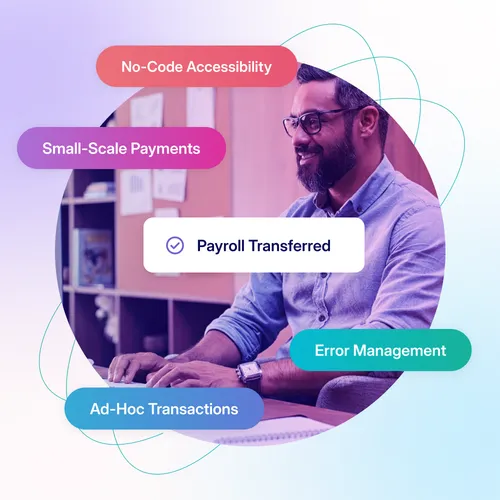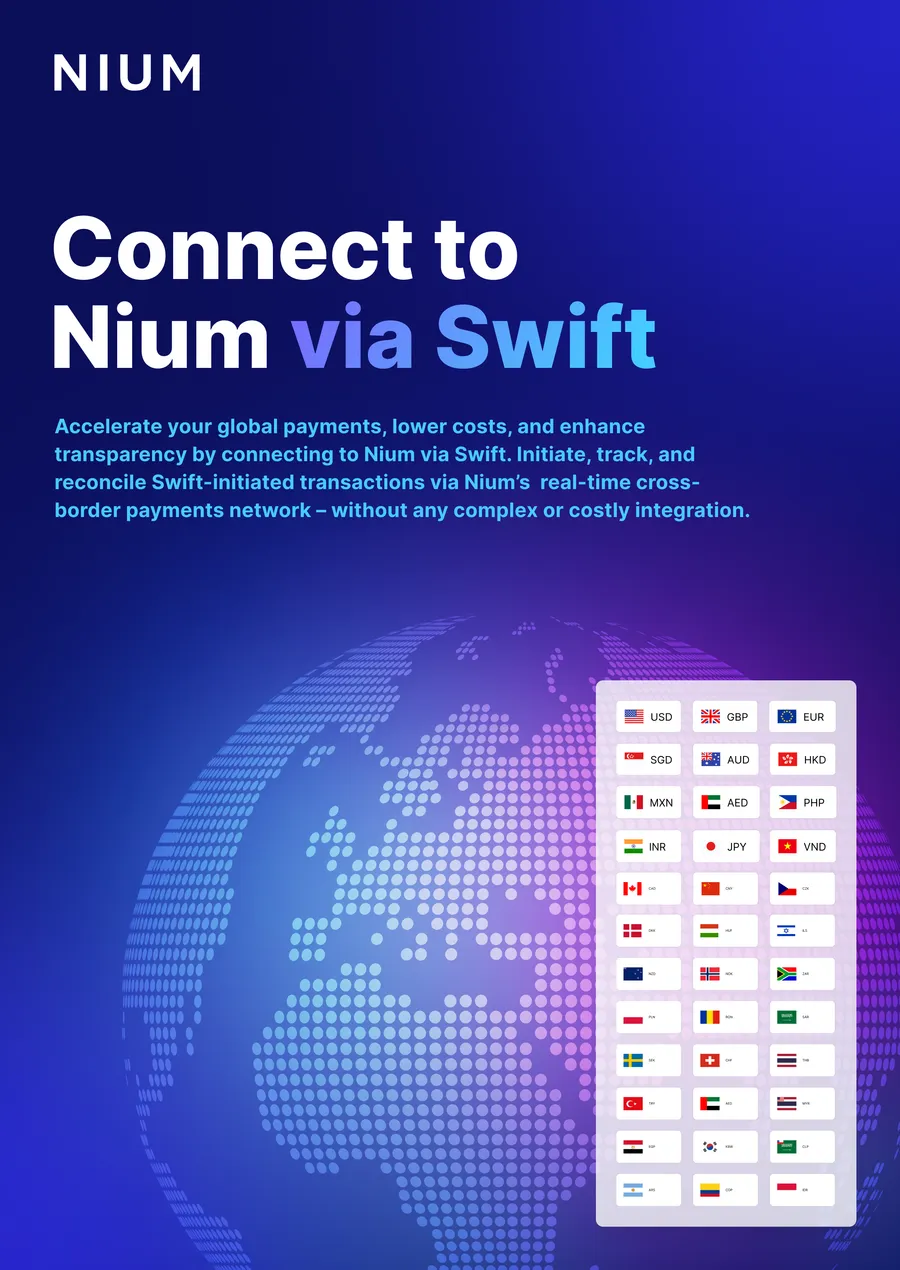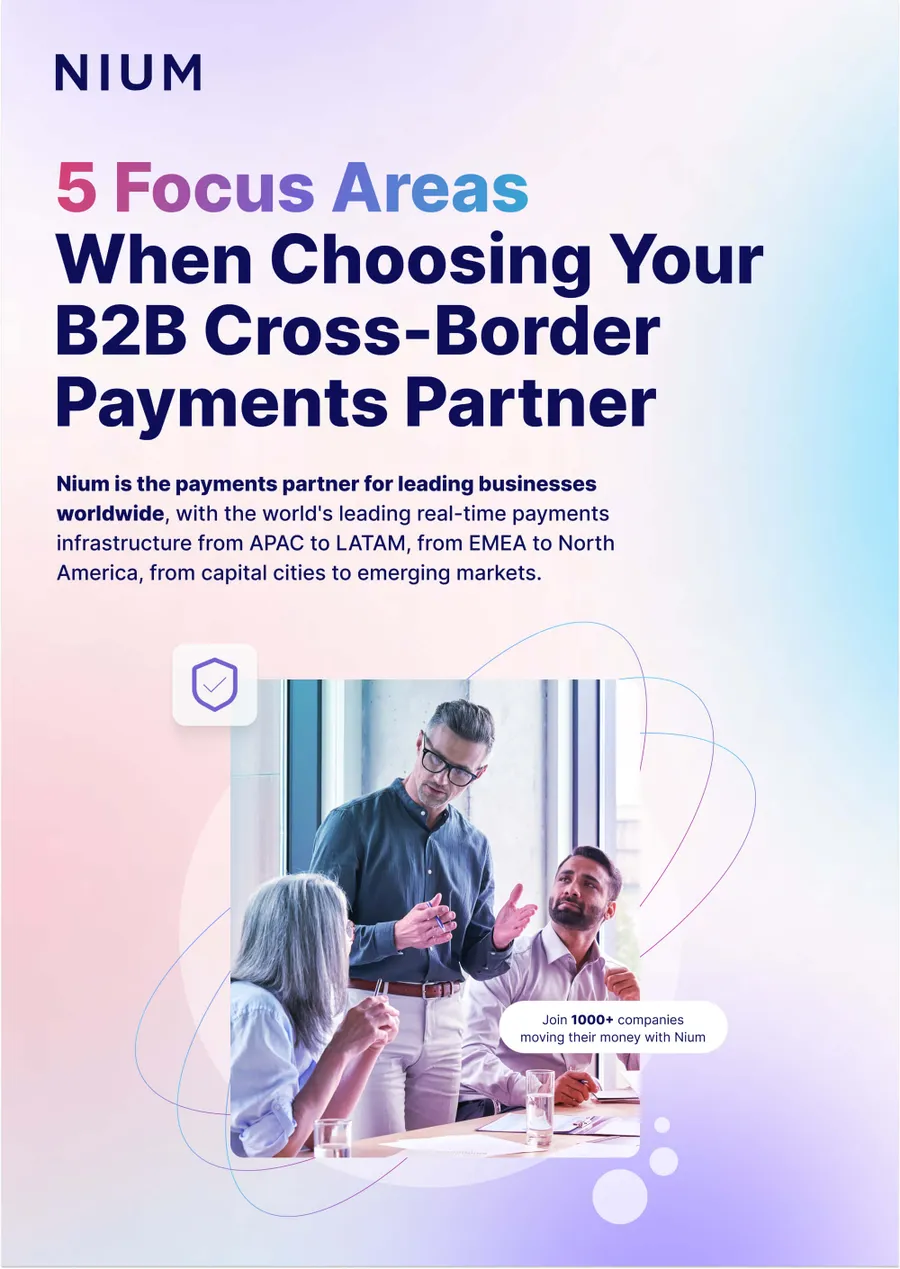Payments are a key area of business, but one that has traditionally lagged behind other operational capabilities. In the current era of globalization, however, cross-border payments present an opportunity for companies to create a competitive advantage through better visibility, control, and customer service.
That‘s why 67% of companies now strongly agree that modern payment infrastructure will have a significant transformative impact on their business over the next three years. To overcome the payment challenges, they’ll need to embrace updated payment infrastructure and modernize their money movement. Here we explore the impact through four major industries to see how payments will drive new dynamics for businesses, consumers, and technology providers.
1. Financial Institutions and Service Providers
Businesses rely on banks, PSPs, and payment aggregators to manage their payments and move their resources around the globe. Consequently, the methods, speed, and formats demanded by businesses when it comes to payments have grown rapidly, including those using bitcoin and other digital assets for a host of investment, operational, and transactional purposes.
The prevalence of legacy infrastructures means that, for incumbent institutions, adding new payment methods can take months of work and significant investment. When it comes to routes for sending money, banks often rely on limited partnerships with foreign partners, meaning that for some markets, payments may travel through multiple institutions, in turn increasing cost and reducing visibility for the customer.
Estimates put the risk for retail banks that don’t adapt or invest in payments modernization at 10% to 15% of retail bank payments revenue, representing $100 billion to $150 billion globally.
Modernization of cross-border payments for banks requires the ability to flex payment methods, geographies, and payment windows according to client needs. To achieve this, institutions need direct payment pathways and customizable infrastructure based on real-time control. By moving from patchwork payment systems to platforms with comprehensive local licenses such as Nium, financial institutions have the chance to stand out in their markets via new services, improved customer service, and more efficient cost structures.
2. Fintech, Corporates, and Insurance
One of the main challenges to the traditional banking industries in the last two decades has been the rapid growth of fintech solutions. While early entrants focused on consumer finance products, a growing number of corporates have indicated they would change their finance provider to access real-time consolidated data, real-time cash forecasting, real-time cash balances, and automated reconciliation.
The test for fintechs is that many have focused on experience and service-side innovations, while still relying on the same infrastructure as their incumbent competitors. To offer a truly distinguished service, fintechs need to mix rails that enable their services or remain at a cost and strategic disadvantage.
Meanwhile, the insurance industry continues to work with legacy paper bills and collect premium payments, despite predictions that 90% of future payments will be digital and only a little over 10% cash and checks. As a result, insurers are focusing on reducing time spent reconciling electronic payments, with organizations using advanced solutions predicted to save 19% of the time spent on payments.
For fintechs and insurers, modern money movement via global APIs will enable faster pay outs, seamless customer service, and improved back office efficiency, while also helping improve long-term agility.
3. Global Marketplaces and the Gig Economy
In a post-pandemic world, the ability to procure products, resources, or talent anywhere in the world is a major advantage for businesses, but this requires a new approach to payments.
Gig or flexible workers expect to be paid promptly, accurately, and in full on their schedule, but many payment systems can’t keep up. Businesses can face delayed payments due to invoicing or cash flow issues which also leads to delays in reimbursements to gig workers.
The speed of payment is a key motivator for gig workers and suppliers. 90% of workers associated faster pay with greater financial peace of mind whereas about 80% of workers were likely to choose one gig platform over another if it could pay instantly without fees.
By moving to payments solutions that can adapt to the needs of their suppliers and gig workers, gig marketplaces can effectively align service provision and compensation for workers and customers, thus expanding addressable markets for both.
4. Online Travel Agencies (OTAs) and Airlines
Cross-border payments are built into the nature of the travel industry, but traditionally that has also meant additional fees, poor visibility, and limited control for OTAs and airlines when managing money overseas.
The legacy friction points have been further worsened by the global pandemic, with additional stresses on revenue streams and operational expenses. B2B payments offer new opportunities to improve the systems used by corporate travelers, travel agents, airlines, hotel chains, car rental companies, and other travel-related businesses to manage costs more effectively.
New data suggests the urgent need to improve cash flow across the industry is helping to overcome barriers to the adoption of virtual cards; 74% of airlines citing cash flow improvement gained from shorter settlement cycles as the top benefit. Those travel agencies paying suppliers with virtual cards were also four times less likely to have a headcount higher than those still relying on hard to reconcile legacy payment methods.
As the industry recovers, those who can most effectively send, track and reconcile payments will be better able to manage their working capital, support their teams, and access new opportunities.
How to Modernize Payments
Modern payments require a new approach to money movement. That’s why Nium has developed a new global infrastructure to help financial institutions and fintechs, platforms, and enterprises access new geographies, payment methods, and formats quickly and easily while remaining fully compliant.
Nium holds regulatory licenses and authorizations in over 40 countries, enabling seamless global payments and rapid integration, regardless of geography.
Through the Nium platform, businesses can:
- Pay out in more than 100 currencies to over 190 countries.
- Receive funds in 35 markets, including Southeast Asia, UK, Hong Kong, Singapore, Australia, India, and the U.S.
- Access physical and virtual card issuance in 34 countries, including Europe (SEPA), the U.K., Australia, and Singapore.
To find out more about how Nium is creating a new world of payments, download the new report, “Essential Payments Transformation for the Modern Money Movement” or contact a Nium payment expert.








.png@webp)






